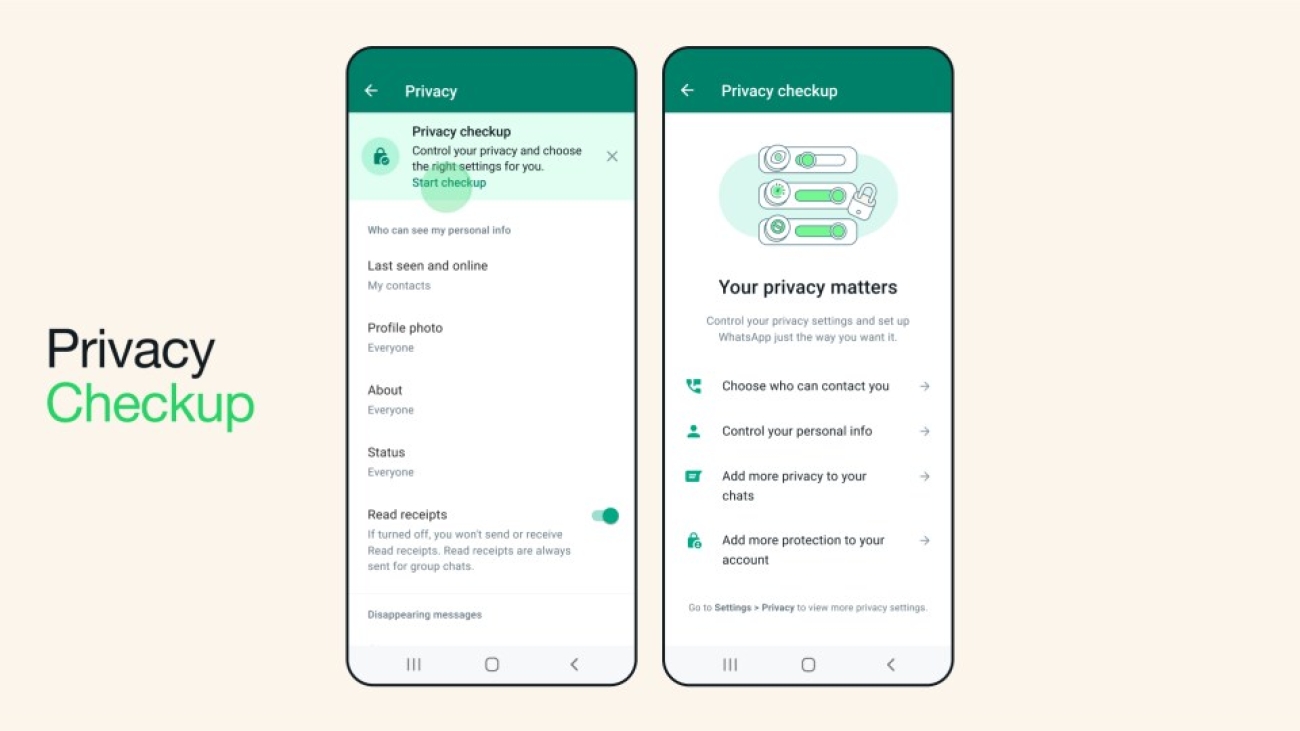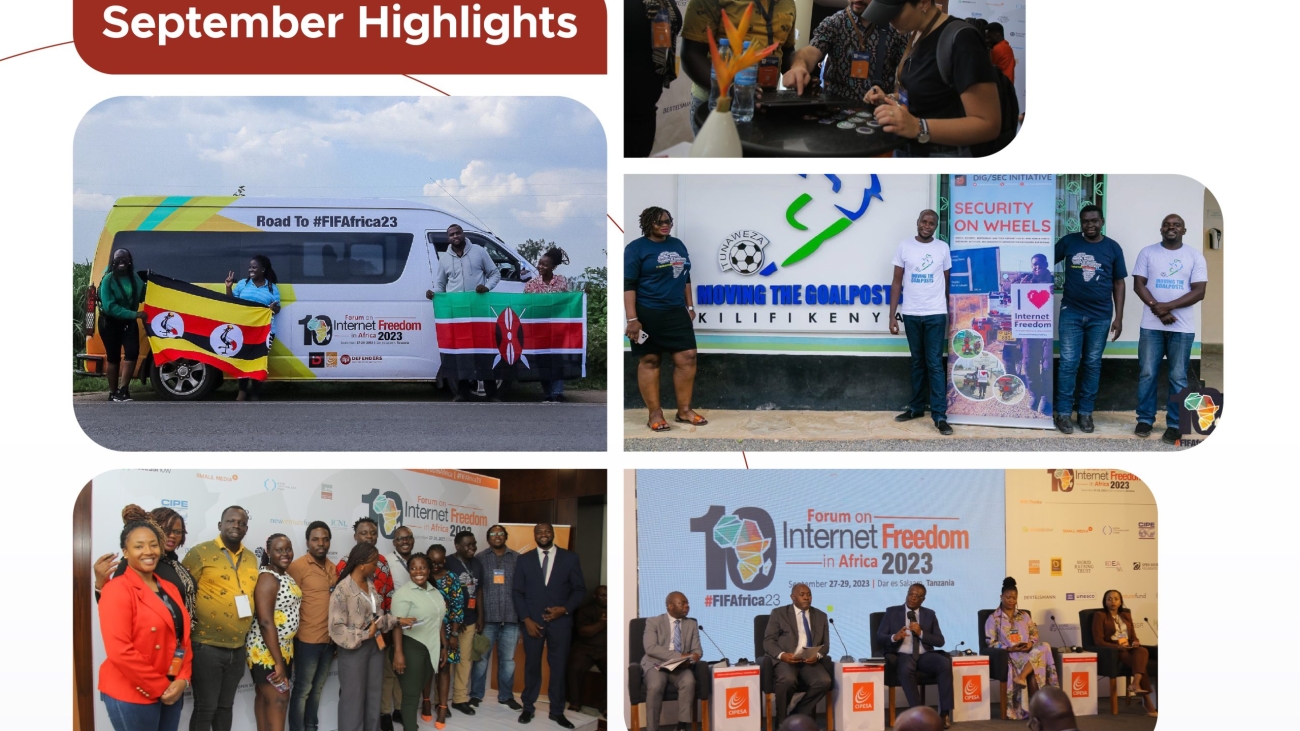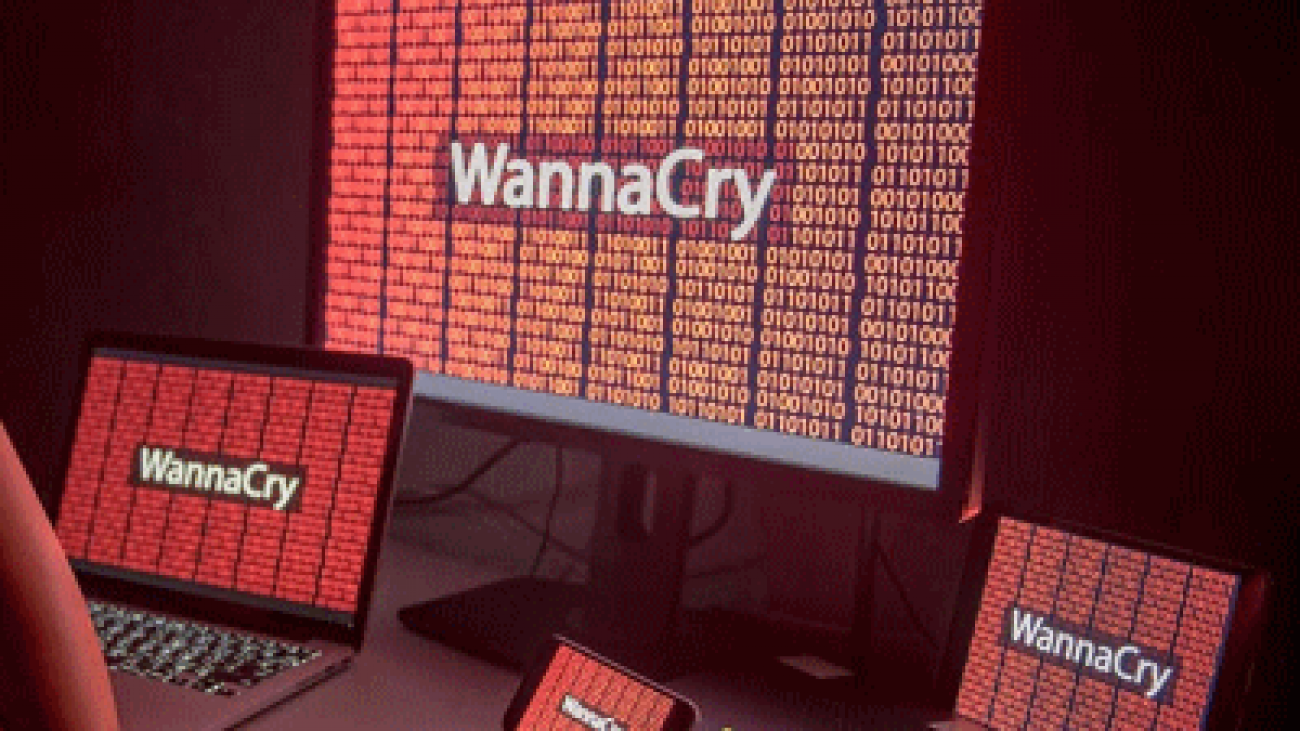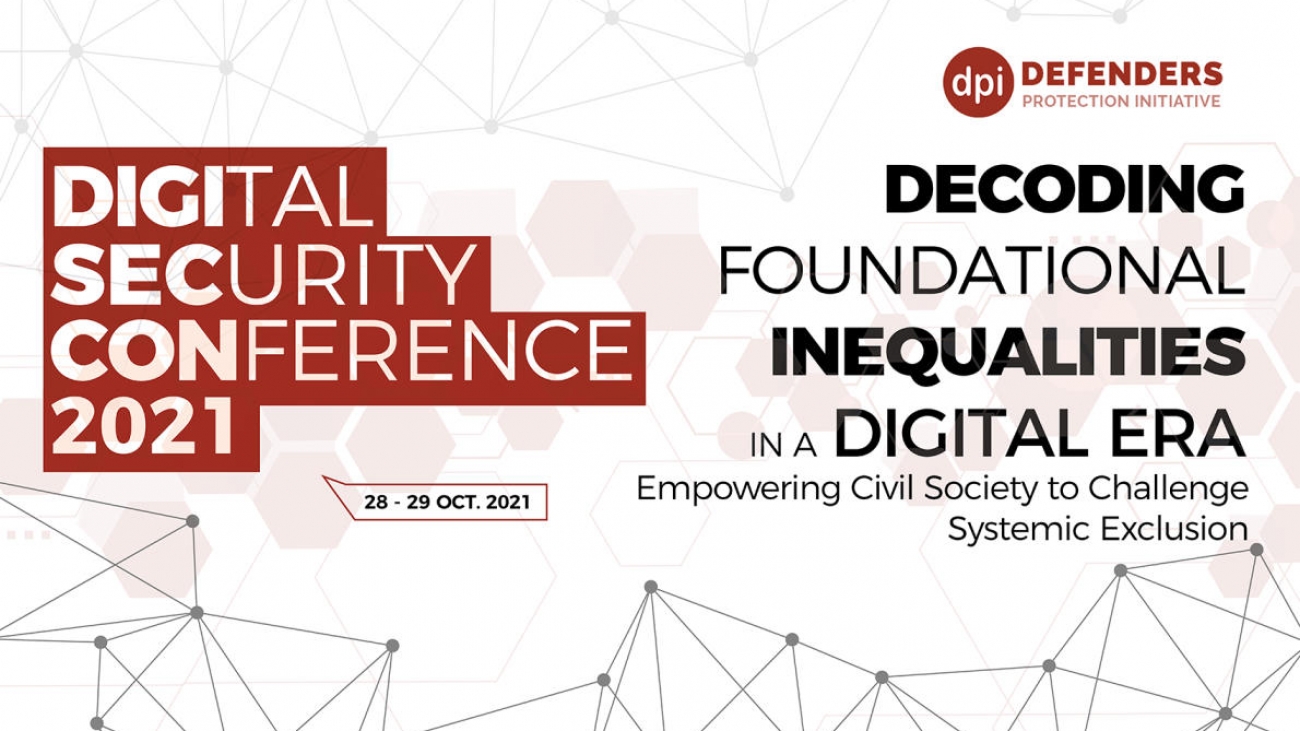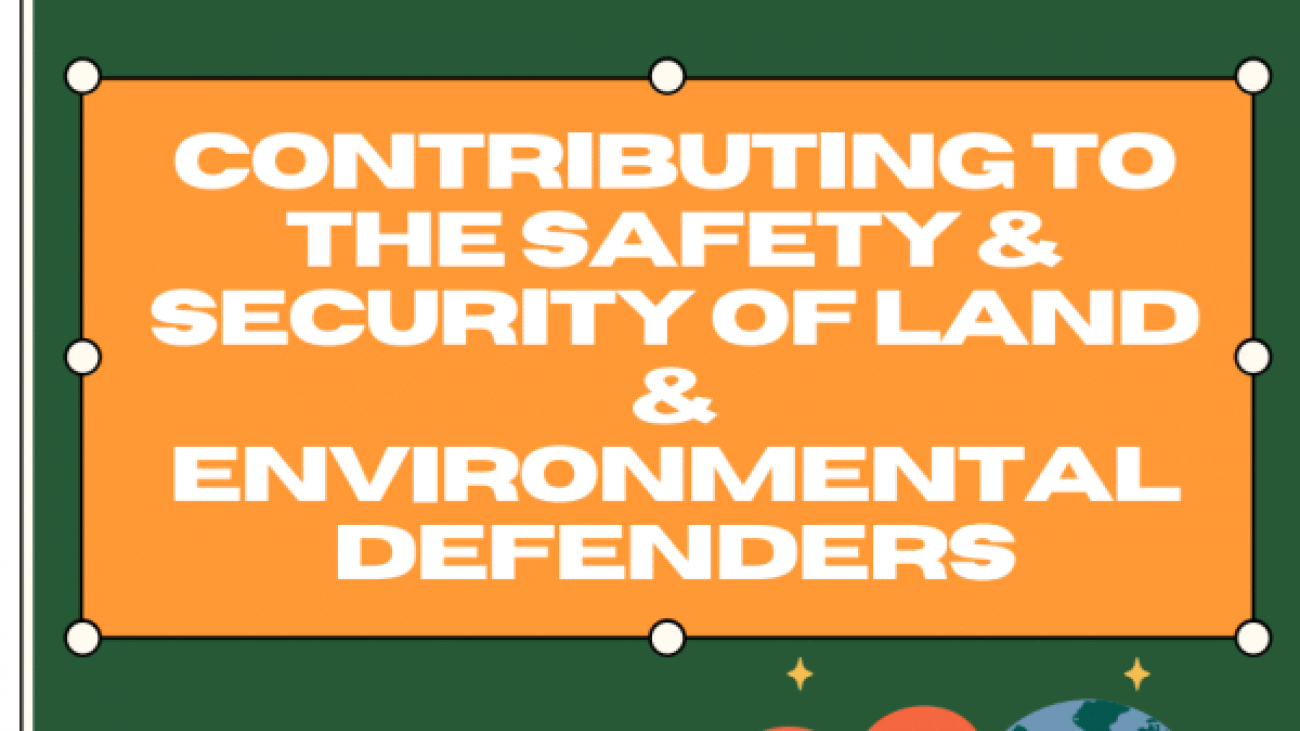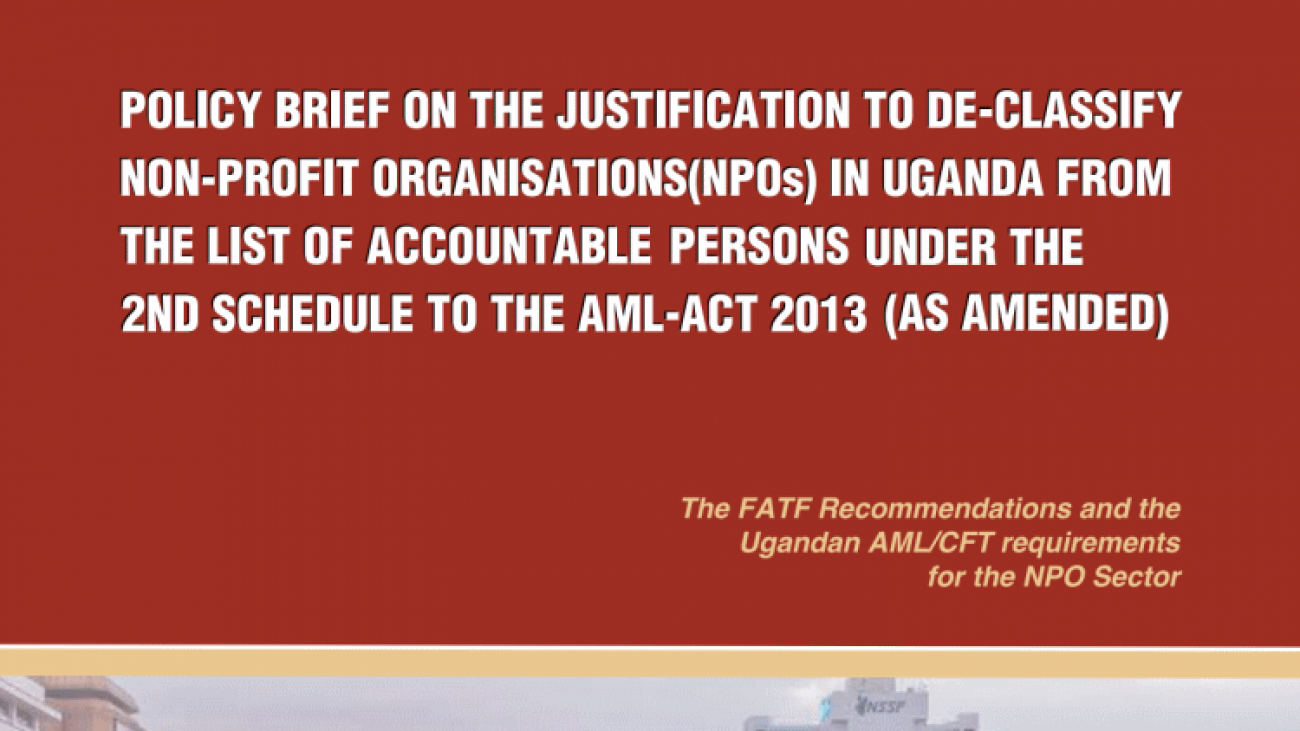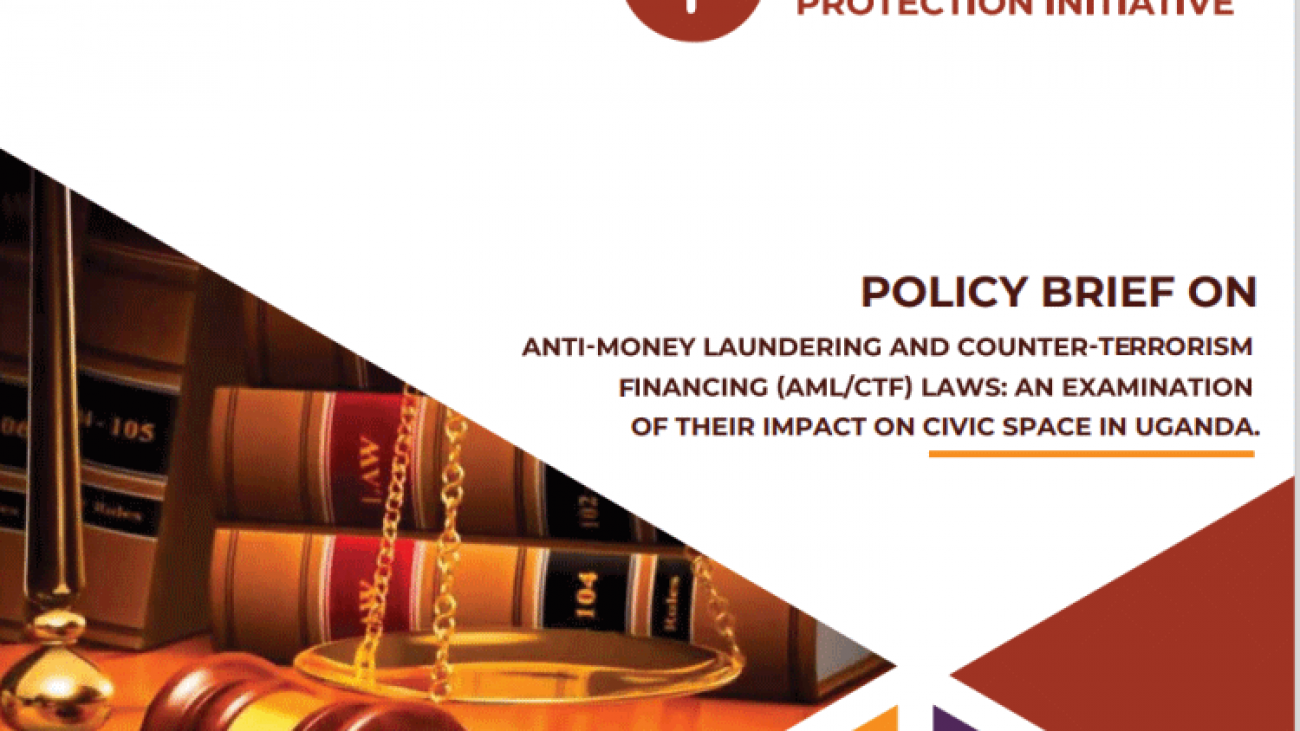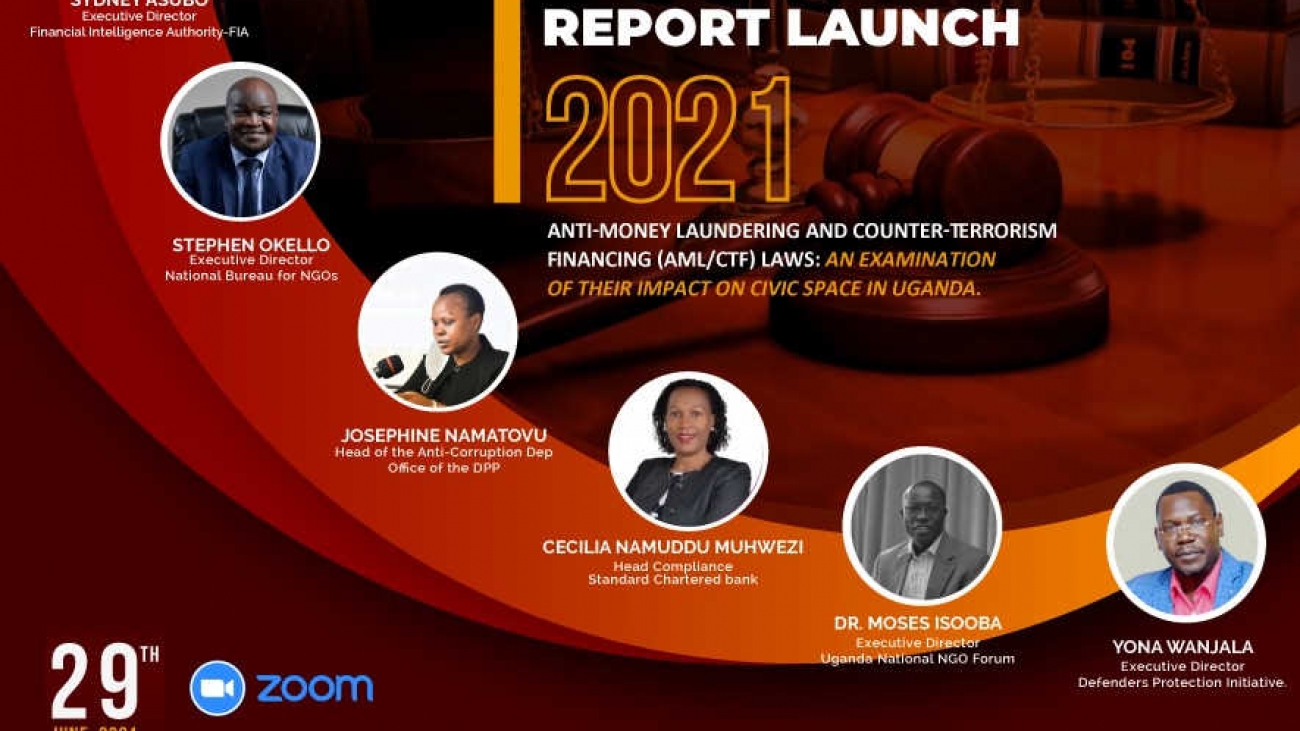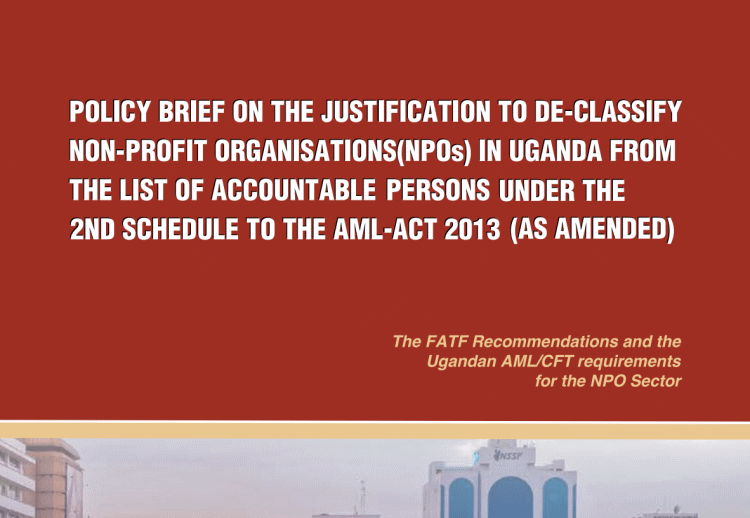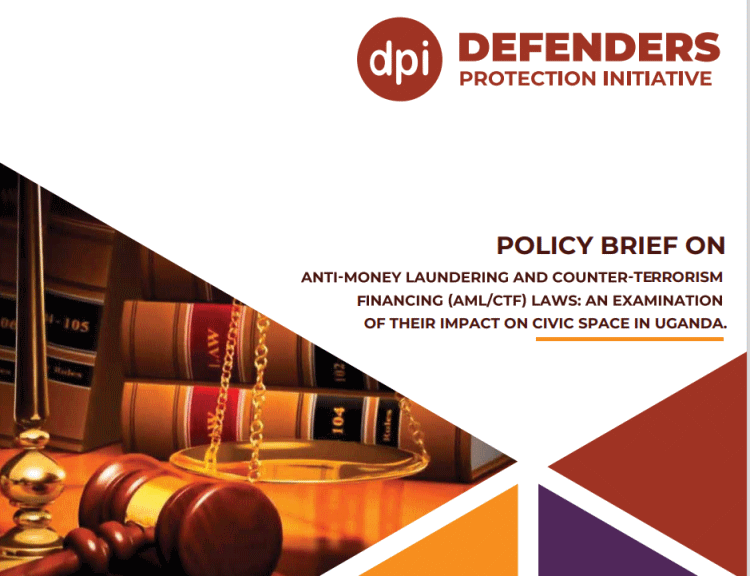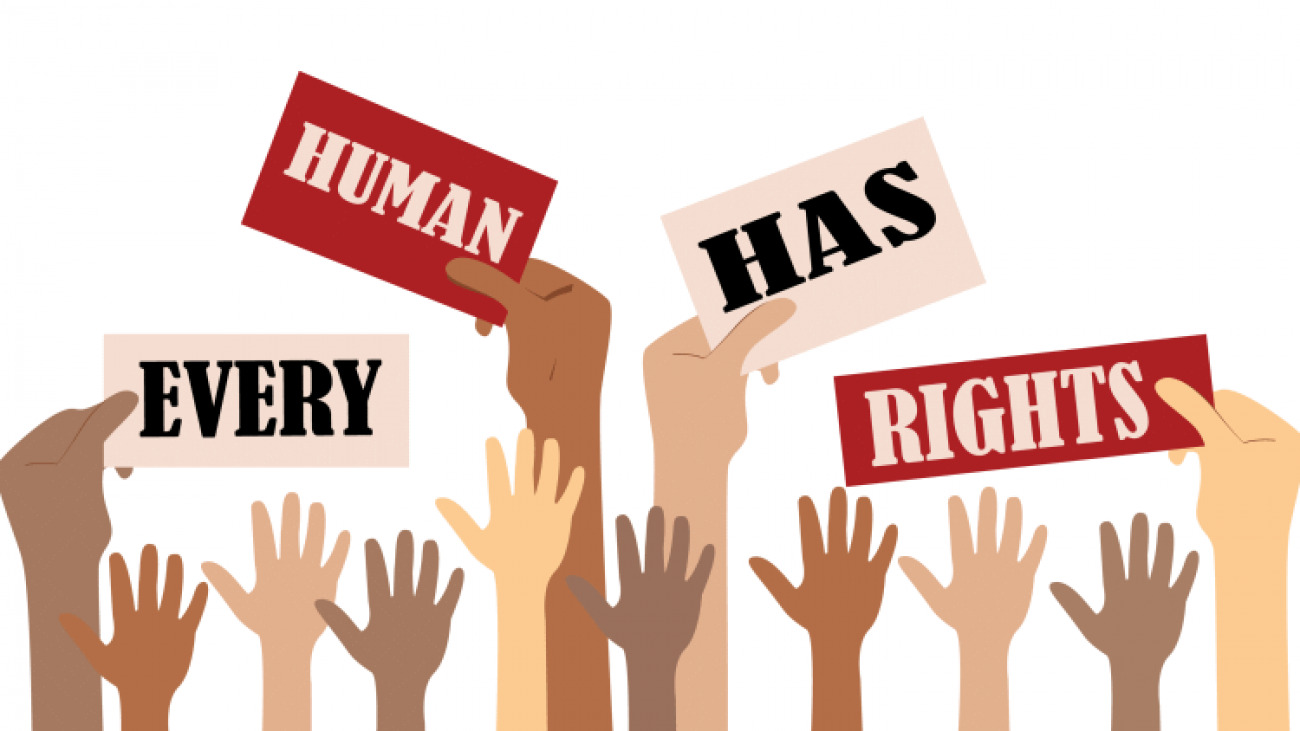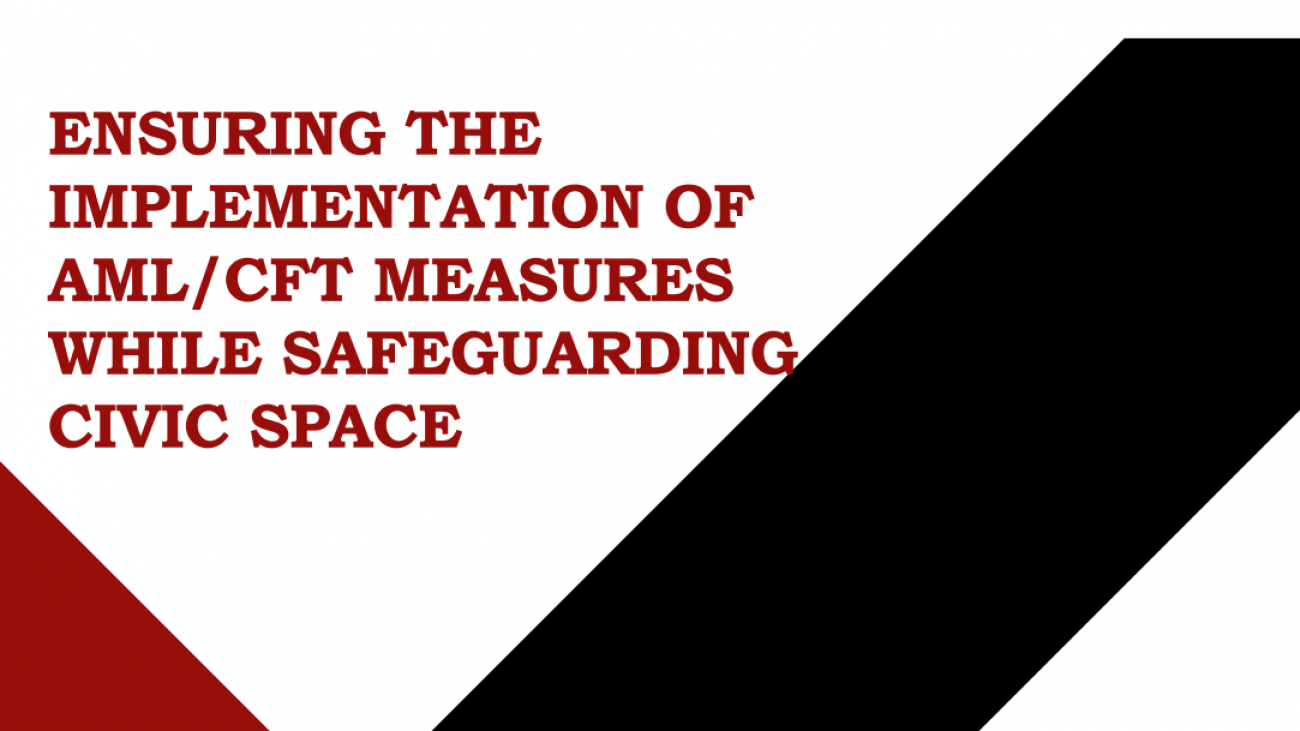As we end #CyberSecurityAwareness month, you have most likely consumed a wealth of information, including dos and don’ts, warnings, and cautionary tales. We understand that some of this content might appear complex or daunting to grasp. So here are a few straightforward yet highly impactful digital security measures that you can implement today to stay one step ahead in the realm of cybersecurity.
Securing Your Messages and Calls
While most messaging platforms like Signal, WhatsApp, and Telegram offer end-to-end encryption for messages and calls, you can go a step further in fortifying the security of your communications by using Face ID or Finger Print Lock as an additional layer of protection from unauthorized access to your messages.
However, it is important to utilize this feature alongside a pattern unlock or PIN because once biometric data is compromised, it cannot be replaced.
For Apple users, it’s important to limit the scope of your messages and, if necessary, disable messages in iCloud for enhanced privacy and security. By doing this, you can restrict the synchronization of your messages to a single device, minimizing the risk of unauthorized access or data leaks.
Using VPN for Secure Browsing
In Uganda, many of us primarily associate Virtual Private Networks (VPNs) with bypassing blocked social media platforms like Facebook. However, the utility of VPNs extends far beyond this. They add a crucial layer of security by encrypting your internet connection and shielding your online activities from prying eyes whether you are engaged in tasks within your Google Suite or conducting online banking transactions
Browsers like Opera and Tor come with a built-in VPN, eliminating the need to constantly toggle it on and off.
Password and Pass-Keys Generators
Managing strong and unique passwords for all your online accounts can be a daunting task. Luckily, both the Play and App stores offer a password generator that can generate and save passwords for your multiple online accounts. However, exercise caution and use this feature on private computers only. Unauthorized access to your Google Account or Apple ID could lead to breaches of your other accounts.
Software Updates
Downloading and installing software updates for your devices and the applications used on them is one of the simplest methods to maintain optimal digital security. These updates enable tech companies to fix any bugs and vulnerabilities in their products that could be exploited by hackers or malware. Don’t ignore that software update notification on your computer any longer!
By implementing these simple digital security measures, you can significantly enhance your online safety and protect your valuable information from potential threats. Remember to remain vigilant and enjoy secure browsing.

